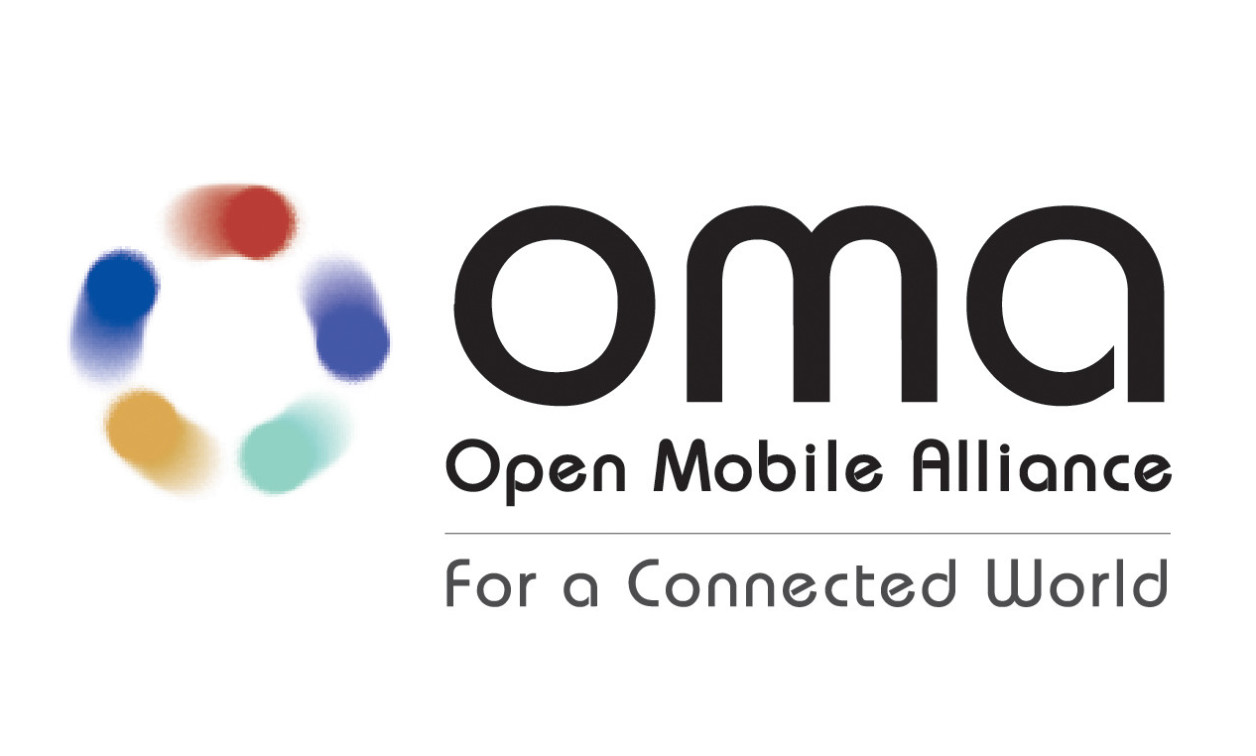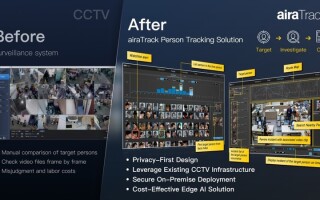M2M Evolution Interviews: Eshwar Pittampalli, Ph.D, Director of Market Development, Open Mobile Alliance
August 22, 2014

OMA-DM, LWM2M, and the direction of the Open Mobile Alliance are outlined in this brief interview.
Eshwar Pittampalli, Ph.D of the Open Mobile Alliance gives us a brief update on OMA-DM, LWM2M, and the direction of the Alliance in the IoT space.
Give us an update on the Open Mobile Alliance (OMA).
PITTAMPALLI: Let me start with the newsflash that came out last Friday. There was a press release stating that there are more than 2 billion OMA-DM deployments, and it also said that there are 100 different manufacturers that are supporting OMA-DM.
 |
| Figure 1: This diagram outlines the over-the-air device management architecture using OMA-DM. Image courtesy Microsoft.
(Click graphic to zoom by 1.9x)
|
OMA-DM is a protocol that was defined a few years ago with a focus on smart end devices. So that means that one should be able to leverage this protocol to remotely configure, provision, and maintain an end device. So let’s just say that Verizon, or AT&T, or Sprint, or T-Mobile wants to maintain their mobile devices, they should be able to remotely download the firmware or software over the air and manage them. That’s one of the things that the OMA-DM protocol addresses, as it was designed to address the needs of smartphones or tablets or laptops, or anything that has intelligence.
 |
| Figure 2: This diagram depicts an Lightweight M2M (LWM2M) machine-to-machine network architecture. Image courtesy ARM.
(Click graphic to zoom by 1.9x)
|
When I say intelligence, I mean CPU power, bandwidth capacity, and the GUI interface. But once you go into the domain of M2M or IoT, you cannot expect all end devices to be “smart.” Most devices are resource-constrained devices, like your street bulb or your actuator or your window or your toaster your coffee maker, whatever. To address the needs of these resource-constrained devices, the OMA has defined another protocol called Lightweight M2M (LWM2M). This protocol was published a few months ago, and will address the needs of all resource-constrained devices that are going to be deployed in the IoT.
I also recently heard that OMA had begun a collaboration with oneM2M, is that correct?
PITTAMPALLI: Yes, so oneM2M is another partnership project built from all the standard development organizations (SDOs) coming together, starting with the TIA, ATIS, ETSI, etc. oneM2M has its own goals trying to address the needs of vertical industries, so our intention in joining oneM2M is to help them achieve their deadlines and keep them from reinventing the wheel by using things that have already been done by OMA. So now with our partnership we are able to bring assets we already have in place, and they are going to be normatively referencing these assets so they don’t have to start from scratch.
In fact, working group 5 of oneM2M has been having meetings with OMA on a regular basis since 2013.
And given oneM2M’s focus on vertical industries, it has the potential to move OMA out into other vertical markets.
PITTAMPALLI: Yes, exactly, they are doing that. There is not a single device maker who is not using over the air. In fact, Tesla’s vocabulary does not include the word “recall.”
OMA is now getting into the automotive telematics and infotainment domain, mobile healthcare, digital or mobile commerce. We are also looking into aspects of security because when you think of the IoT, whether it is mobile healthcare or infotainment or digital commerce or anything, the common denominator of all of this is the security. People want to be secure, things have to be secure. So, any compromises from that point of view will lead to lots of trouble. So we are now getting into addressing the security aspects of the IoT.
Open Mobile Alliance LTD
openmobilealliance.org/




